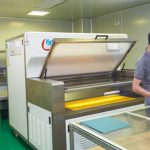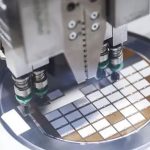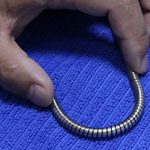Deprecated: get_settings is deprecated since version 2.1.0! Use get_option() instead. in /www/sites/alloy.wiki/index/wp-includes/functions.php on line 4862
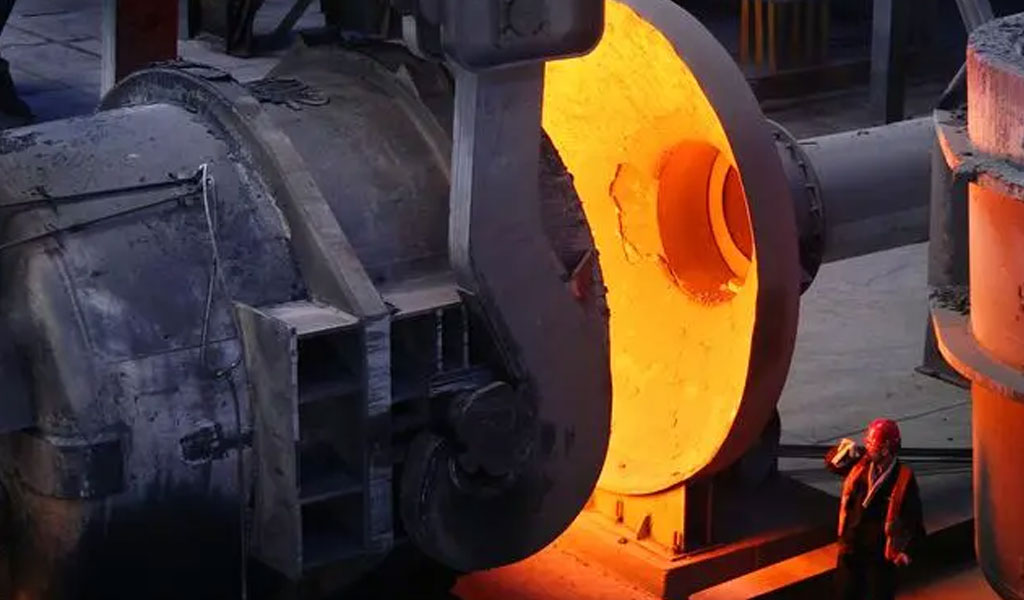
Yes, stainless steel can be heat treated, but the specific heat treatment process and its effects on stainless steel depend on the alloy’s composition. Stainless steel is a broad category of steel alloys that contains at least 10.5% chromium, which imparts its corrosion resistance properties. There are many different grades and types of stainless steel, and each may have a slightly different response to heat treatment.
The most common types of stainless steel that can be heat treated are the martensitic and precipitation-hardening grades. Here’s a brief overview of the heat treatment processes for these two types:
Martensitic Stainless Steel:
Martensitic stainless steel can be heat treated to increase its hardness and strength. This process typically involves heating the steel to a specific temperature (usually in the range of 1,800°F to 2,100°F or 980°C to 1,150°C) and then quenching it rapidly in a cooling medium, such as oil or water. This rapid cooling converts the structure of the steel from austenite to martensite, resulting in increased hardness.
After quenching, martensitic stainless steel may also undergo a tempering process, which involves reheating the steel to a lower temperature (usually around 300°F to 1,000°F or 150°C to 540°C) to reduce brittleness and improve toughness.
Precipitation-Hardening Stainless Steel:
Precipitation-hardening stainless steels, also known as PH grades, can be heat treated to achieve a combination of high strength and corrosion resistance. This process typically involves a series of heat treatments, including solution annealing, quenching, and aging.
Solution annealing involves heating the steel to a high temperature to dissolve all precipitated phases. After this, the steel is rapidly quenched to form a supersaturated solid solution.
Aging involves reheating the steel to a lower temperature for a specific period. During this stage, precipitates form within the steel, which strengthens it.
It’s important to note that not all stainless steel grades respond well to heat treatment. Austenitic stainless steels, for example, do not undergo a martensitic transformation during quenching and are generally not suitable for significant hardening through heat treatment.
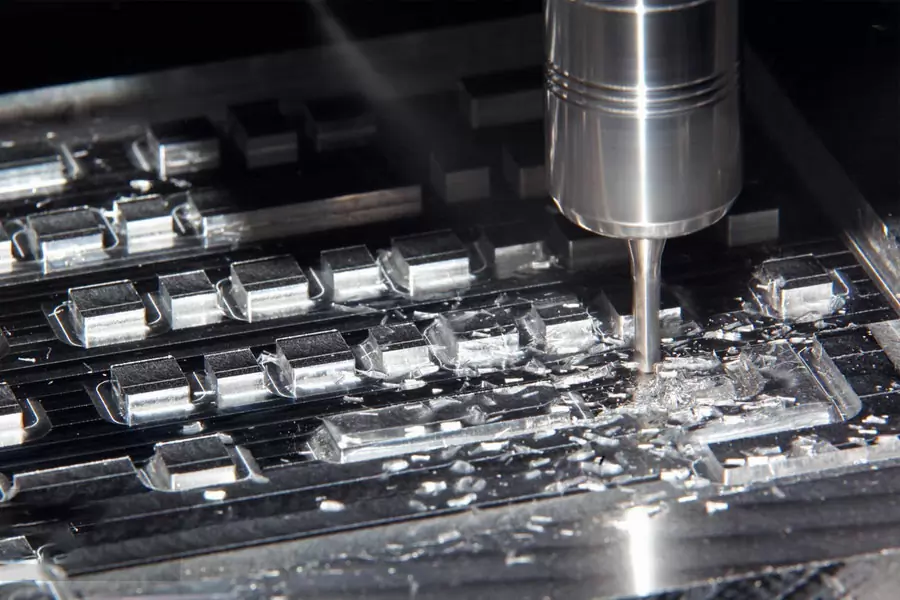
The specific heat treatment process,cnc machining stainless steel and parameters, such as temperature and cooling rate, will vary depending on the alloy and the desired properties. Therefore, it’s crucial to consult the manufacturer’s recommendations or a metallurgist with expertise in stainless steel to determine the appropriate heat treatment for your specific stainless steel alloy and application.
Link to this article:Can Stainless Steel Be Heat Treated?
Reprint Statement: If there are no special instructions, all articles on this site are original. Please indicate the source for reprinting:Alloy Wiki,thanks!^^



